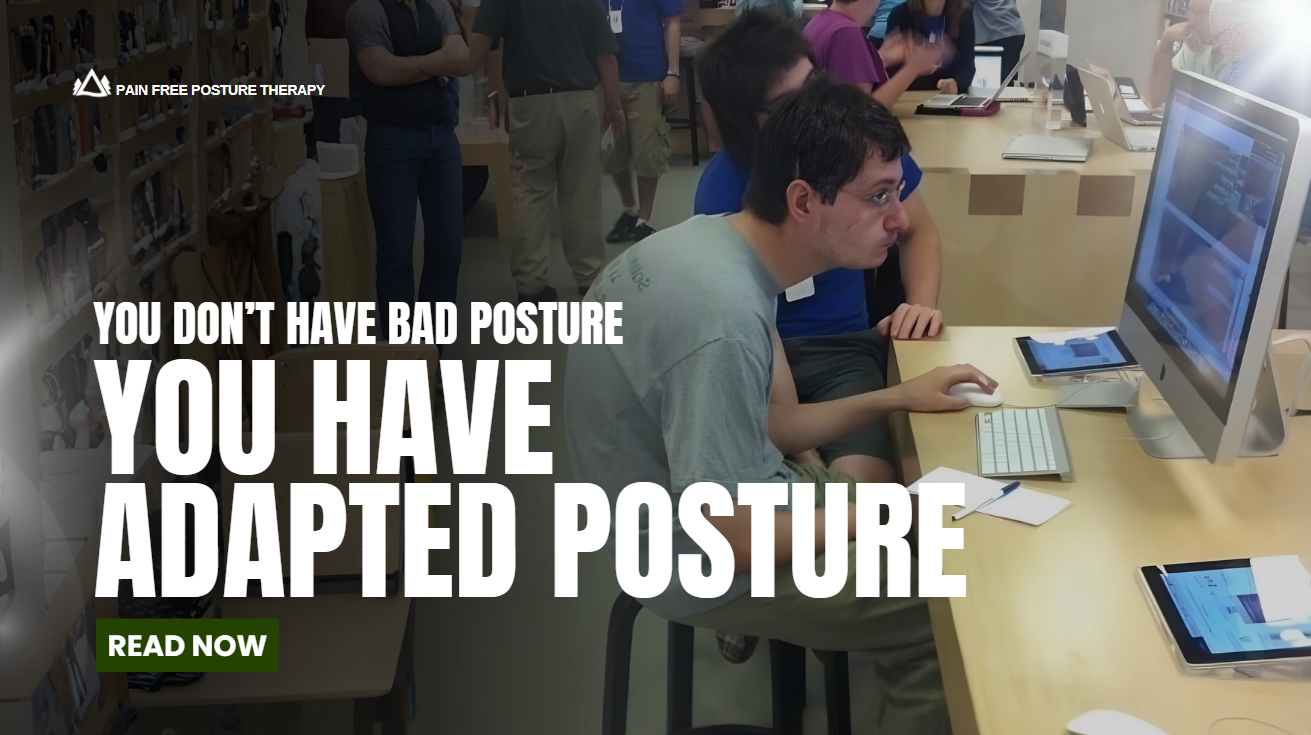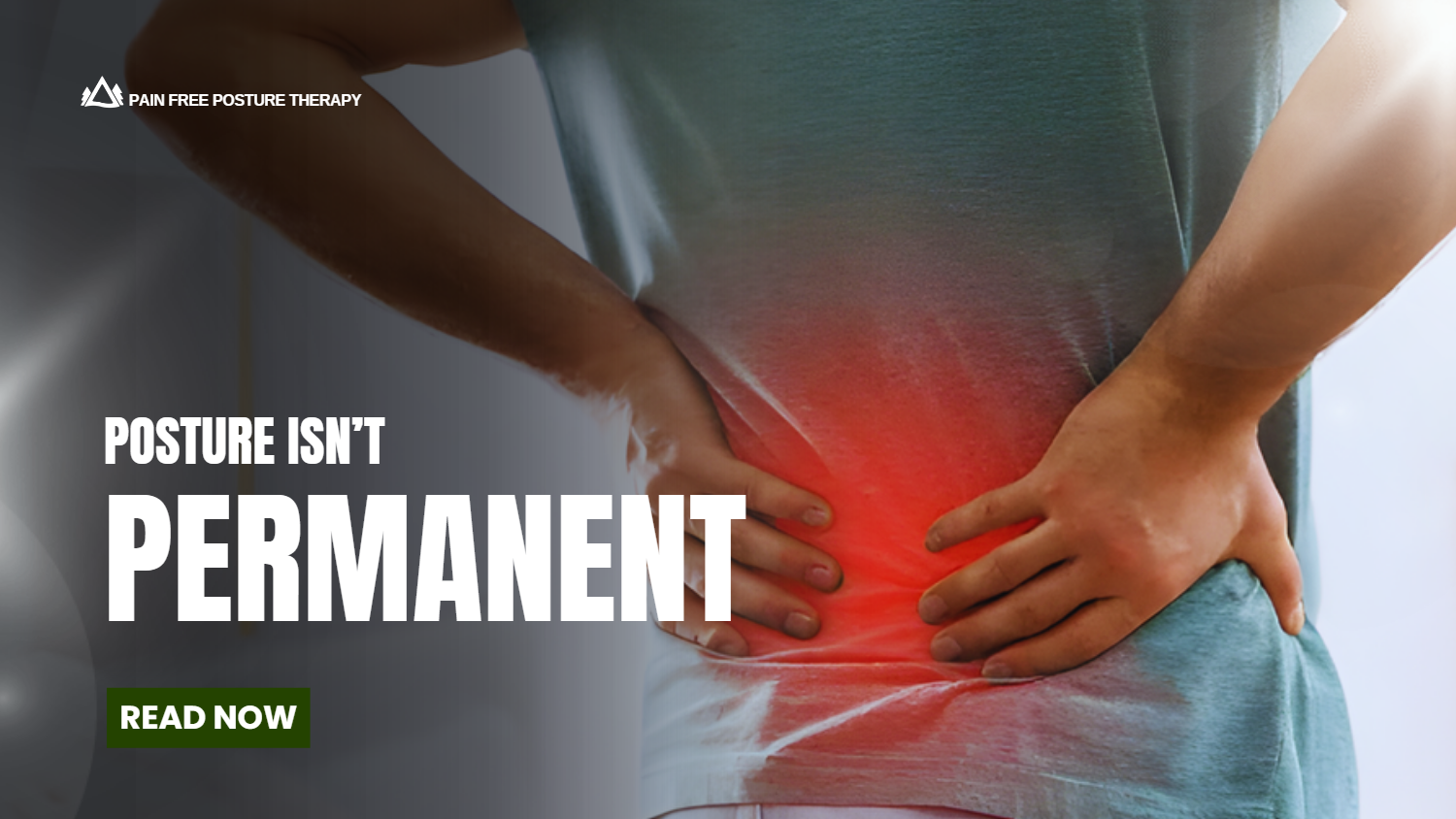5 menu writing principles
In this video we discuss the 5 guidung principles that go into shaping a client's routine
When we design a posture therapy routine, we don’t throw random exercises together. Each routine, or “menu,” follows a set of principles to make sure it’s safe, effective, and tailored to how the body actually works. These principles are what guide the process and create lasting change.
1. Reduce the symptom
The first step is to bring the body into a position of comfort. That might mean lying on your back with your legs supported over a block. By reducing tension and giving the body a chance to feel supported, discomfort often starts to ease right away.
2. Reduce rotation
Rotation is when one side of the body is turned out more than the other, like a shoulder that sits forward or a knee that angles out. Even daily habits like driving for long periods can create rotation. Because rotation throws off overall alignment, we address it early in the menu to reset balance.
3. Work from the inside out
We focus first on the body’s central structures: the spine, pelvis, and shoulders. These areas set the foundation for movement. Once they’re working better, we can move outward to the elbows, wrists, ankles, and feet. Think of it as stabilizing the center before fine-tuning the edges.
4. Balance the pelvis
Your pelvis is the movement hub of the body. The largest muscles, glutes, quads, hamstrings, and hip flexors, all attach around it. If the pelvis is tilted or uneven, it creates a ripple effect throughout the body. Balancing the pelvis sets the stage for more efficient movement everywhere else.
5. Leave the body in neutral
We finish menus by reinforcing changes and letting the body settle into a neutral position. This helps lock in the benefits of the session and leaves the body more stable and balanced than when we started.
6. (Advanced) Activate the kinetic chain
For clients who are progressing well, we may add a sixth principle: dynamic exercises that activate the whole kinetic chain. This helps the body work as one coordinated unit, building strength and resilience.
These principles are the backbone of posture therapy. They ensure every routine addresses not just symptoms, but the deeper patterns that affect how your body feels and functions.
Serving Colorado from our centrally located office in Westminster and seeing clients from Fort Collins to Colorado Springs, Denver and Boulder, we can also help globally via WebCam such as Zoom or FaceTime.
Anu Lawrence owned Egoscue Method clinics for over a decade before moving to private practice in 2022 and is a certified master instructor in the Egoscue Method, having learned the craft from Pete Egoscue directly.


